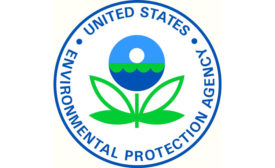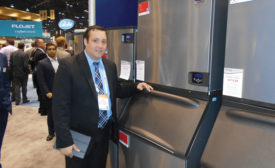Home » Keywords: » Significant New Alternatives Policy
Items Tagged with 'Significant New Alternatives Policy'
ARTICLES
Substitute refrigerant can now be used in ice rinks and cold storage warehouses
Read More
Drusilla Hufford Retires from EPA’s Stratospheric Protection Division
Former director oversaw the establishment of the SNAP program
March 1, 2017
EPA Finalizes New SNAP, Section 608 Rules
Propane OK in some uses, techs must treat HFCs the same as ozone-depleting refrigerants
October 31, 2016
AHRI Expresses Disappointment in EPA SNAP Refrigerant Rule
Association says decision not to extend effective date dismisses impact on industry and consumers
September 27, 2016
EPA Authorizes Bluon Energy TdX 20 Refrigerant under SNAP
Authorized for commercial HVAC, industrial process and retail food refrigeration uses
July 11, 2016
Efficiency on the Rocks
Products being redesigned in light of new efficiency standards, refrigerant changes
Read More
Copyright ©2024. All Rights Reserved BNP Media.
Design, CMS, Hosting & Web Development :: ePublishing








